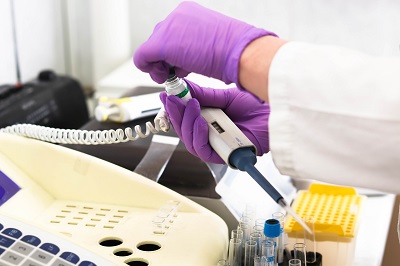Obtaining FDA clearance for a Class II medical device involves a structured process to demonstrate substantial equivalence to a legally marketed predicate device. Here are the detailed steps and considerations for the process:
Steps for Class II Medical Device FDA Certification:
Device Classification Determination:
- Identify Device Type: Determine the correct classification of your device according to FDA regulations. Class II devices are those that require special controls to provide reasonable assurance of safety and effectiveness.
Premarket Notification (510(k)) Preparation:
- Identify Predicate Device: Select one or more predicate devices that are legally marketed in the USA and that are substantially equivalent to your device in terms of intended use, technological characteristics, and performance.
- Gather Data: Compile comprehensive data, including:
- Device description and specifications
- Design drawings and schematics
- Performance testing results
- Biocompatibility data
- Clinical data (if applicable)
- Software information (if applicable)
- Labeling and instructions for use
510(k) Submission Preparation:
- Write the 510(k): Prepare the 510(k) submission document according to FDA formatting and content requirements. Include a detailed comparison between your device and the predicate device(s), demonstrating substantial equivalence.
- Compile Supporting Documents: Ensure all necessary supporting documents are included, such as testing protocols, validation reports, and risk assessments.
- Labeling: Prepare labeling that complies with FDA regulations, including indications for use, contraindications, warnings, and instructions for use.
Submit the 510(k) to the FDA:
- Electronic Submission: Submit your 510(k) application electronically through the FDA’s electronic submission gateway (ESG).
- User Fees: Ensure that all required user fees are paid at the time of submission. Fees vary based on the size of the company and the type of submission.
FDA Review Process:
- Acceptance Review: The FDA will conduct an acceptance review to ensure your submission is complete and meets basic requirements.
- Substantial Equivalence Review: If accepted, the FDA will review your 510(k) to determine if your device is substantially equivalent to the predicate device(s) based on safety and effectiveness.
- Additional Information Requests: The FDA may request additional information (AI letter) if more data or clarification is needed. Respond promptly to any AI requests to avoid delays.
- Decision: Upon completion of the review, the FDA will issue either a 510(k) clearance letter if your device is found substantially equivalent, or a refusal to accept (RTA) letter if the submission is incomplete or does not meet requirements.
Post-Market Requirements:
- Quality System Regulation (QSR): Ensure compliance with FDA QSR requirements, which include establishing and maintaining a quality management system for manufacturing, packaging, labeling, and storage.
- Labeling and Promotion: Comply with FDA regulations for labeling, advertising, and promotional materials.
- Adverse Event Reporting: Report any adverse events related to your device to the FDA as required by regulations.
Consultation and Assistance:
- Consider engaging regulatory consultants or experts with experience in FDA submissions to guide you through the process and increase the likelihood of a successful outcome.
Key Considerations:
- Timeline: The FDA review process typically takes several months, depending on the complexity of the device and the completeness of the submission.
- FDA Guidance: Refer to FDA guidance documents and regulations specific to your device type to ensure compliance throughout the certification process.
- Continued Compliance: Maintain ongoing compliance with FDA regulations post-clearance to ensure continued market authorization.

Contact Us:
Whatsapp or Wechat:+86 15816864648;email address:hito.lin@grzan.cn
.png)
.jpg)

.png)

.png)